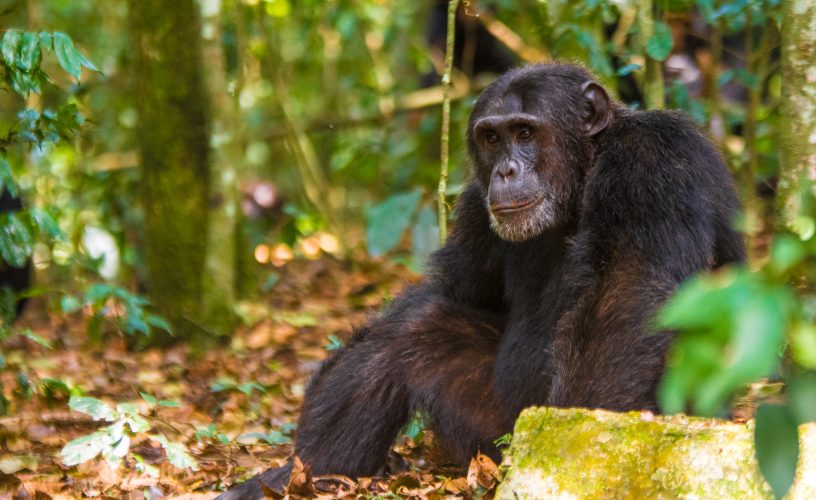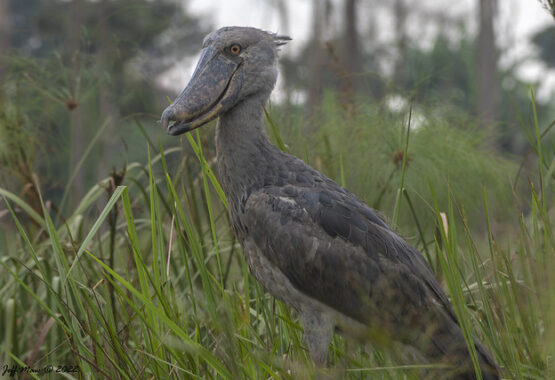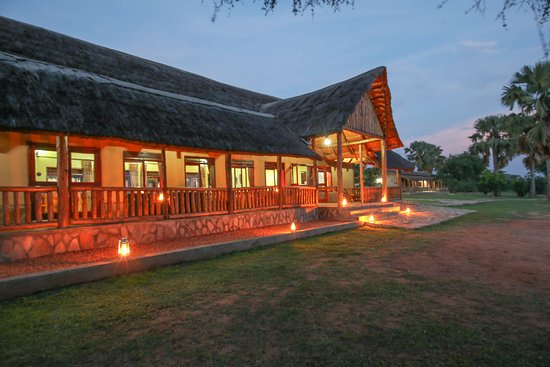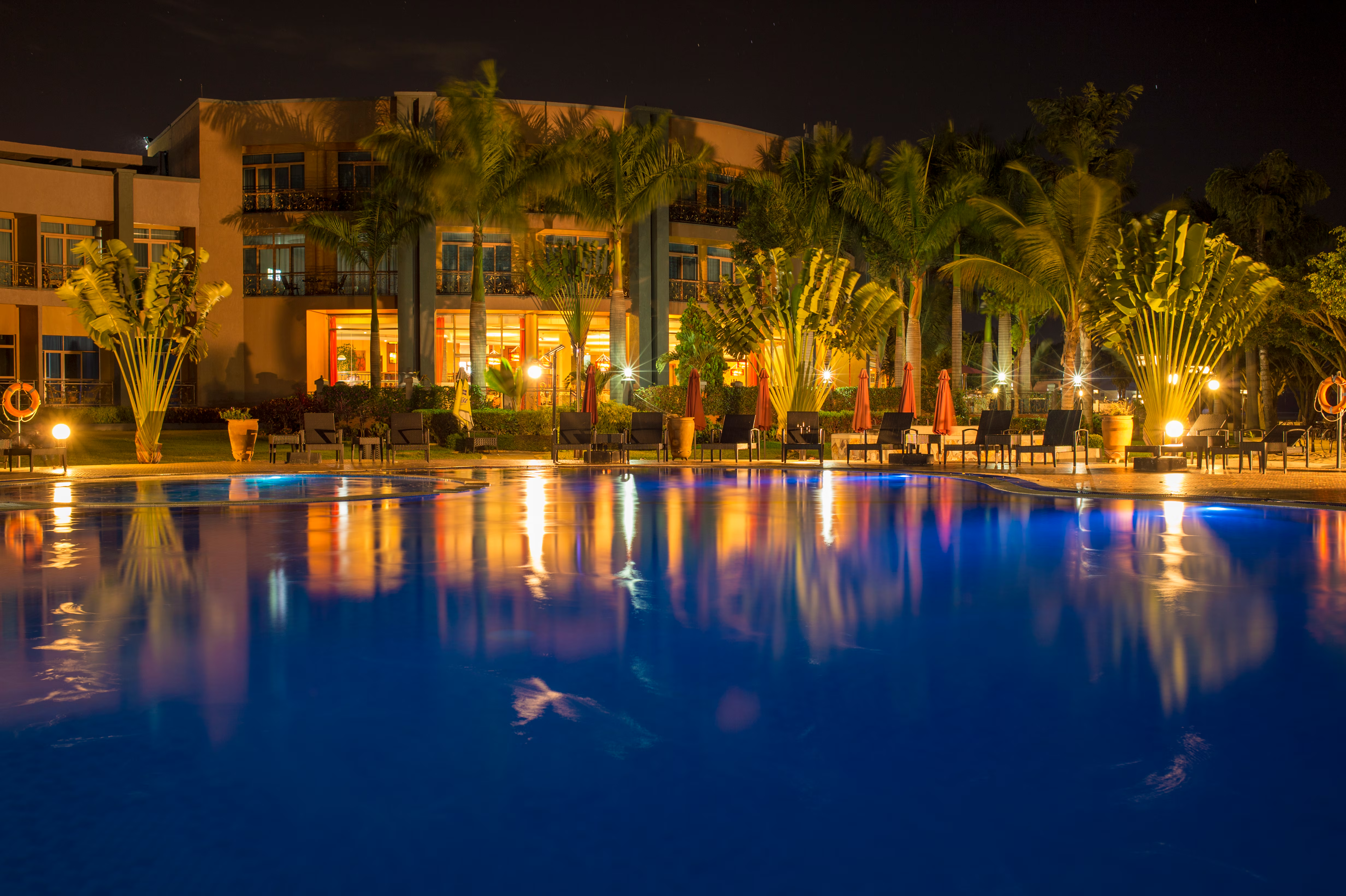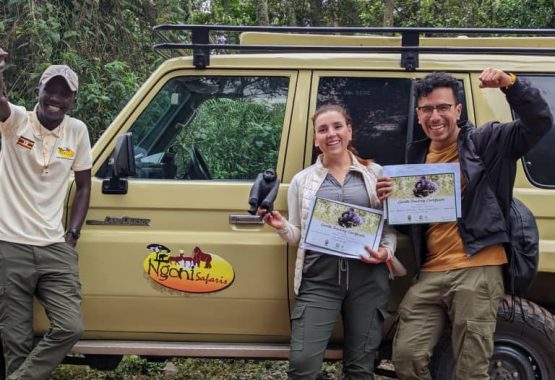Why should I choose a chimp trekking safari?
Chimpanzee trekking is totally different from the usual safari experience. As chimpanzees live in rainforest, the only access is by foot. Chimpanzee trekking is active and usually requires hiking for several hours to see chimps up close. A chimp trekking safari offers people a welcome break from game drives. Watching these great apes up close on foot is an amazing experience, almost on a par with gorilla trekking. Most African safaris are centered on car-based wildlife viewing, and activities such as chimp trekking offer a nice break from time sitting in vehicles. Chimp trekking is mostly done as part of a longer tour that includes other activities, such as wildlife viewing in savannah reserves and gorilla trekking.

Which countries offer chimpanzee trekking tours?
“Chimp trekking can be done in several African countries. Chimpanzees occur naturally in West and Central Africa, and their range includes some East African countries such as Tanzania, Uganda and Rwanda. The East African countries are the most popular countries for chimpanzee safaris as they are more developed for tourism than West Africa. There are several parks in Uganda that offer chimp trekking and the activity is standard on most Ugandan safaris. One of the most reliable places to see chimpanzees is in Kibale Forest in Uganda. It’s arguably the most popular place in Africa to see chimpanzees. Sightings can get a bit crowded. Chimp trekking in Tanzania is only available in Mahale and Gombe Stream, two very remote parks on the shore of Lake Tanganyika. Gombe Stream National Park is famous as the place where Jane Goodall did her chimpanzee research. Although chimp trekking is highly recommended here, it is not usually part of a standard Tanzania safari. As Rwanda is still an emerging destination, chimpanzee trekking in Nyungwe Forest is not as well-known at this stage and sightings are possibly more hit and miss. Virunga Mountains National Park in the Democratic Republic of Congo (DRC) offers chimpanzee trekking as well.
What fitness level is required?
“Chimpanzee trekking requires a reasonable amount of fitness. It depends on where you will be trekking ¬– and to some extent it just depends on the day. Even in a particular park, every day can be different. You might find the chimps after 10 minutes or after two hours. And then they might be stationary, or feeding in trees, or they might be on the move. The latter can result in a very challenging trek as you try to keep up with them moving through the undergrowth at high speed. The terrain in some of the parks is hillier than in others. One of the easiest places to see chimpanzees is in Kibale Forest in Uganda. Other rewarding places to see chimpanzees are Mahale and Gombe Stream in Tanzania. However, here the terrain is very hilly, and a fair amount of fitness is required.”
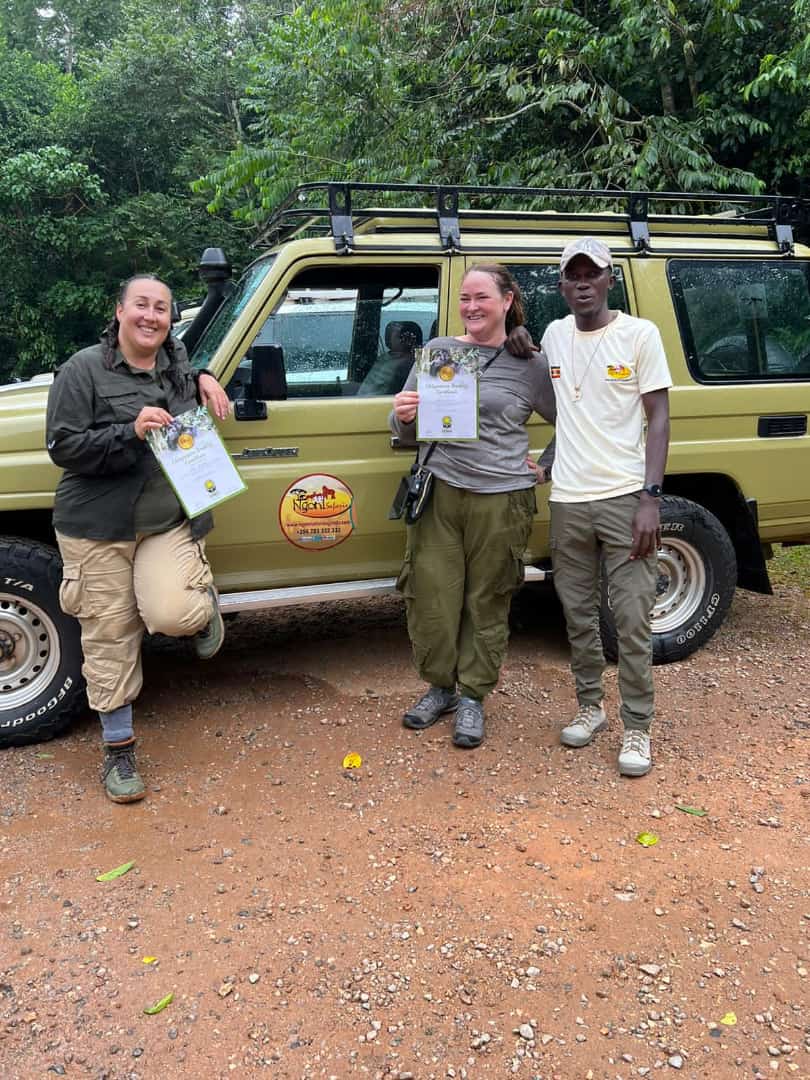
How close can I get to the chimps?
“Chimpanzees are our closest living relatives and they share 98.8% of our DNA. That means they can easily pick up human diseases. For this reason, and also for safety reasons, it is vital to keep a reasonable distance when watching chimpanzees. You will track chimpanzees in a small group of up to 10 people. Your guide will give you very clear instructions on where to stay when you get close to the chimps. Having said that, the chimps themselves are very habituated and they don’t abide by rules. On top of that, the thick forest growth might make backing off difficult at times. So, it is very possible a chimpanzee may come within a meter of you.
How much will this safari cost?
“The cost of chimp trekking packages depends on the country and the park. In Tanzania, the chimpanzee trekking fee is included in the park entrance for Mahale and Gombe Stream, which is respectively US$80 and US$100 per person per day. This is very affordable, but due to the exclusivity and remoteness of these parks, the overall price of a safari here is high. A chimp permit in Kibale National Park in Uganda costs US$150. In Queen Elizabeth’s Kyambura Gorge, the fee is US$50 on top of the general entry fee of US$40. A very affordable and popular alternative in Uganda is chimp trekking in Kalinzu Forest, an ecotourism project outside Queen Elizabeth National Park. The total price is only US$40. Chimp trekking in Nyungwe Forest in Rwanda costs US$90, on top of the park entrance fee of US$40.”
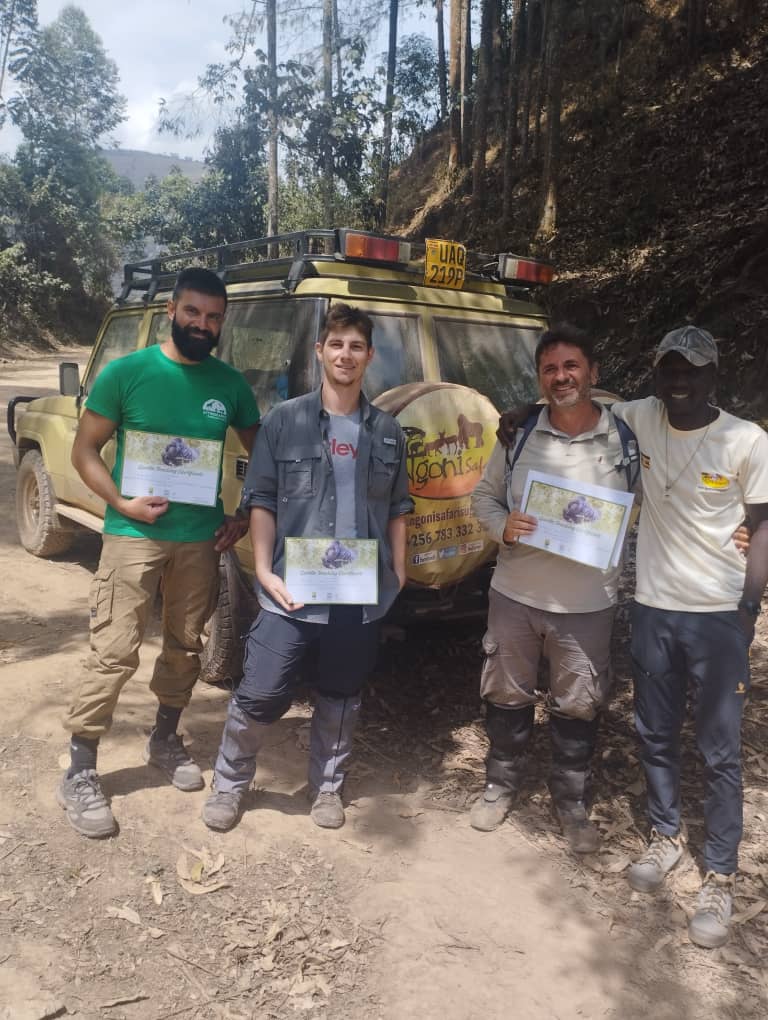
How does chimp trekking compare to gorilla trekking?
“Gorilla and chimp trekking are very comparable experiences. You set out with a maximum number of visitors – eight for gorilla trekking and up to 10 in some places for chimp trekking. For gorillas, trackers go ahead, and your guide will be in touch with them by radio to guide you directly to the gorillas. This is not always the case with chimp trekking. Your guide might have to do the tracking themselves, which can make the hike more challenging and the success rate lower. Once you have reached the gorillas or chimps, you get an hour to spend time with them before heading back. Gorillas don’t cover as much ground as chimps, and you will most likely stay with gorillas in a small area. Chimps, on the other hand, when on the move, can be hard to follow. All gorilla groups for tourist visits are very habituated, so time spent with them tends to be of a very high quality. This isn’t always the case with chimpanzees. They are very habituated in places such as Mahale, Gombe and Kibale, but they might be less so in other places, and tend to move off slowly. In some cases, the males are more relaxed than the females and babies. I think both experiences are highly rewarding, but the chimpanzee trekking experience is more variable depending on several factors. As well, being close to an ape the size of a gorilla has a thrill factor that might not be quite the same with chimpanzees.”

